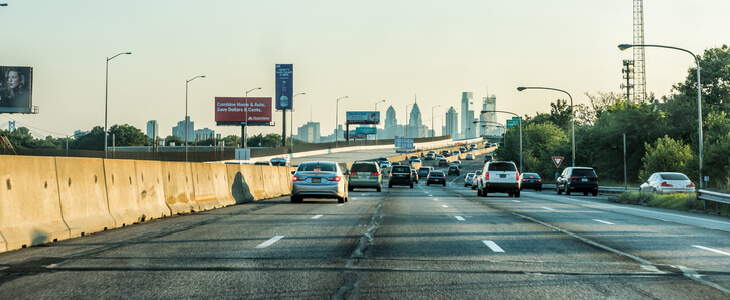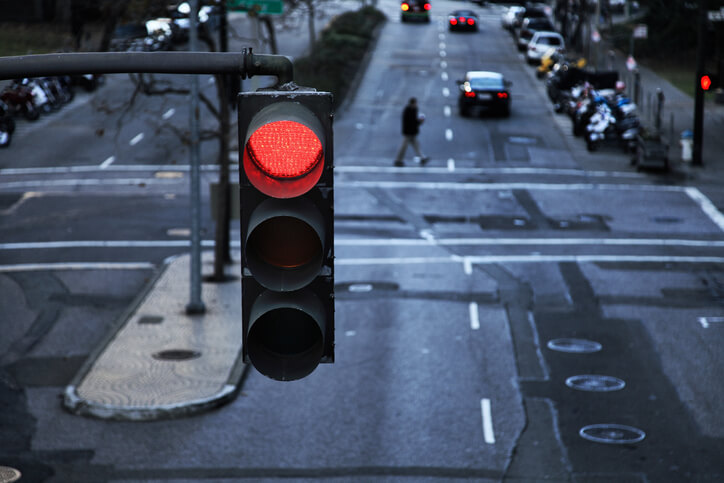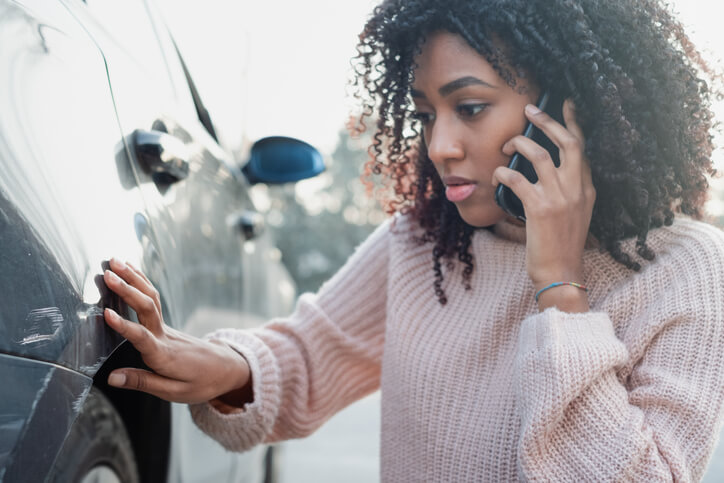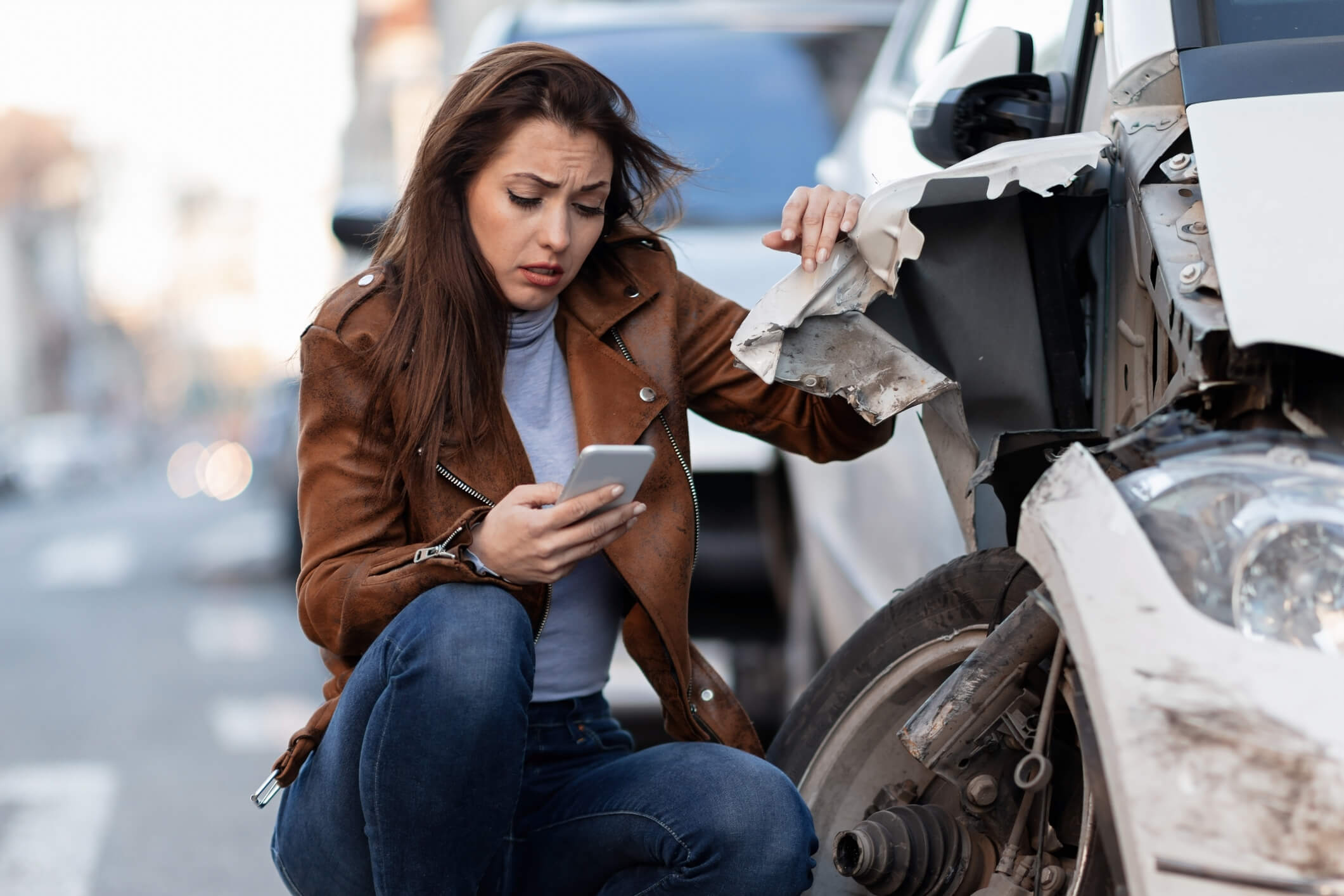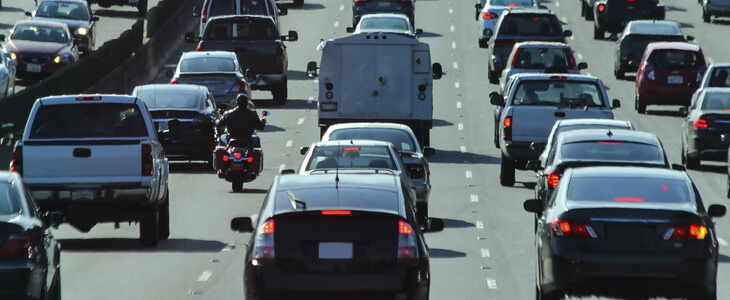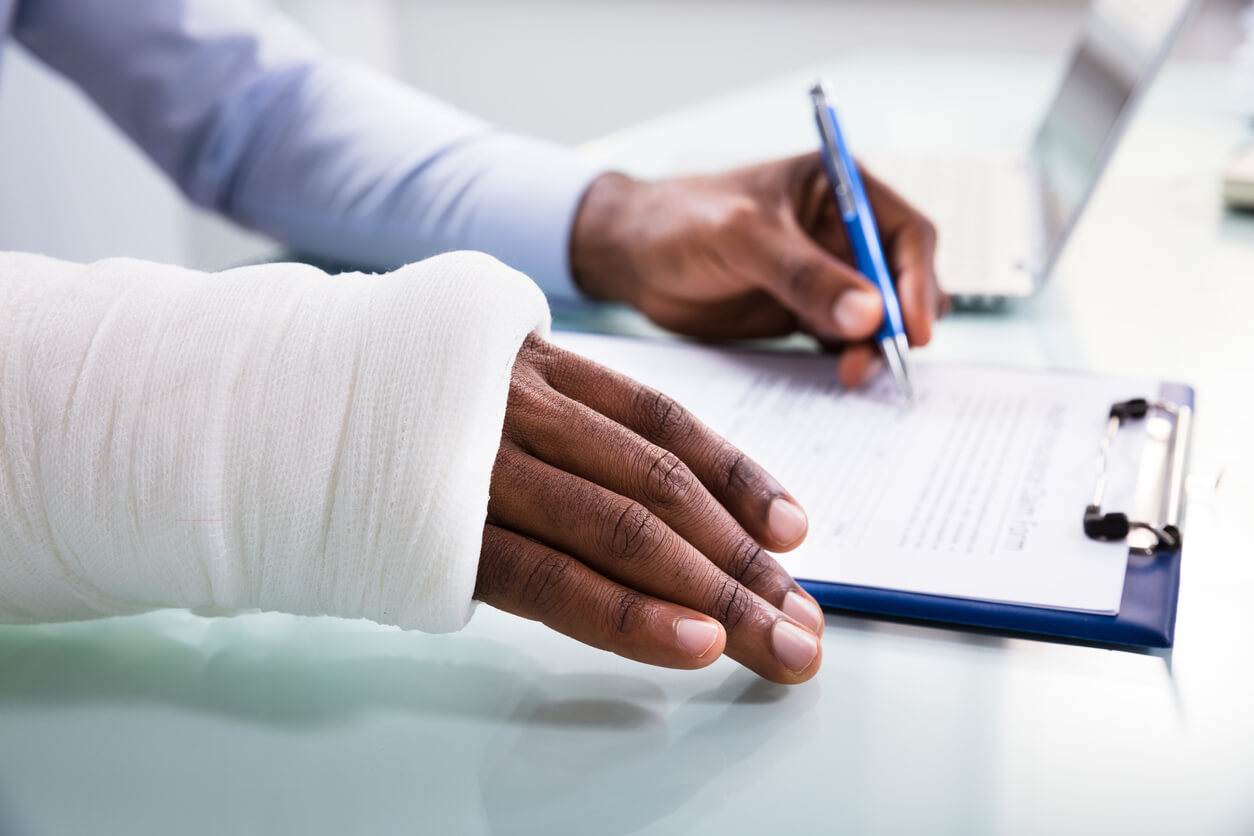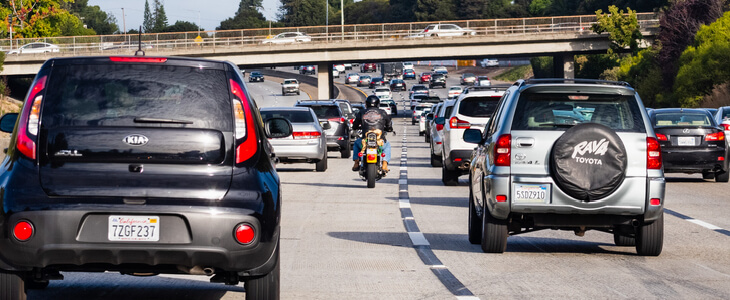After a car accident, you will feel bombarded by phone calls. Most of these phone calls may very well be from insurance companies. They are likely to come from both your own insurance company and those of the other parties involved in the accident. It can all be overwhelming. You have just been through a traumatic experience and now you have to field questions about the accident and whether or not you should give an insurance company a recorded statement. To help manage your anxiety over this, know your rights. Know what statements you have to give, what statements you do not have to give, and what statements you should not give to an insurance company.
Should I Give a Statement to the Insurance Company After an Accident?
Whether or not you should or shouldn’t give a statement to an insurance company after an accident will vary largely depending on who is actually requesting the statement. You should know that it is almost definite that you will have to give a statement to your own insurance company. Giving statements is often included in your insurance contract and so you have a legal obligation to comply with such a request or risk losing your car insurance coverage. If an insurance company for another party involved in the accident is requesting a statement, however, you do not have to give them one and it is often recommended that you do not give them a statement.
Not giving another insurance company a statement about the accident is not about hiding information, but it is more about not giving them an opportunity to look for holes and weaknesses in a statement you gave them. Insurance companies will look to twist any statement you give them into a way that can work to undermine your claim. When you do not give them a statement, they are denied such an opportunity.
If you give a statement to an insurance company, and this means any insurance company, you must be careful in what you say and how you say things. Always make sure that you have properly heard the question and understand what is being asked. Do not rush ahead and provide information that does not directly answer the question posed. Wait for the whole question, ask for any clarification if needed, and take a pause. Think about the question and what is being asked.
When you go to answer a question, formulate an answer that is complete and clear. Keep your answer concise and within the scope of the question. Avoid rambling or thinking out loud. That is where many people run into trouble. Thinking out loud often leads to speculation and straying from the concrete facts. If you do not know the answer to a question, stick with a simple “I don’t know.”
Philadelphia Personal Injury Attorneys
It can often feel chaotic and overwhelming after an accident. Let the trusted personal injury team at Cooper, Schall & Levy help you manage the chaos and advocate on your behalf. Contact us today.

